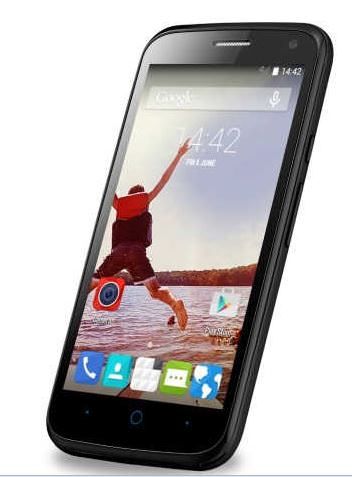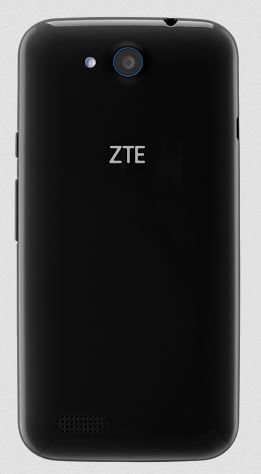June 3, 2015
Article from Time Magazine Online
“If you’ve been noticing more solar panels lately, you’re
onto something. While only one in 100 houses have them, says David Feldman,
senior financial analyst at the National Renewable Energy Laboratory, that’s 46
times as many as a decade ago. Some of that fast growth is due to a federal tax
credit that is worth 30% of installation costs (and which is set to expire at
the end of 2016). Some is owed to the fact that Chinese factories are churning
out photovoltaic panels nearly as fast as flat-screen TVs. And a third catalyst
is a new breed of financing options that virtually eliminate the tens of
thousands of dollars in upfront costs of going solar.
Here’s what
you need to know to harness the power of the sun:
How Solar
Power Works
Going solar doesn’t mean going off the grid. You stay
connected to the electric company via a two-way meter the solar company
installs. That lets you buy juice as needed. When panels produce excess
wattage, it goes back into the grid, and you’re credited for the amount. Though
you could eliminate your electric bill, the typical residential installation
yields 75% to 90% of the household’s power needs, says Chris Doyle of Dividend
Solar, a solar financing company.
There’s enough sun in every continental state to turn a roof
into a power plant. But what makes the solar math work is a combination of high
electric rates and financial incentives from your state and utility. Get a
sense of your savings based on your address, local electric rates, and even
your home’s orientation—south-facing is ideal—at EnergySage.com, a solar
comparison-shopping site.
How to Pay
For It
A solar power system costs $10,000 to $30,000 after the
federal tax credit—depending in part on the size of the system required. That
investment yields monthly electric savings of $100 to $200, which is most of
the average household’s electric bill. So you should recoup your investment in
five to 10 years. If you have the cash and plan to stay put, this gives the
best ROI.
A solar lease is an alternative that requires little or no
money upfront. You pay the solar company a monthly fee or preset discount price
for the power the panels generate. Though you can’t claim the tax break or any
rebates, you’ll still save 10% to 20% on electric costs, typically $10 to $40 a
month, says Jonathan Bass of installation firm Solar City. Also, most leases
include a maintenance contract in the price.
The newer option of a solar loan offers the perks of
leasing—no cash upfront, sometimes a maintenance contract—with greater savings
for most people, Feldman says. Interest rates range from 3% to 6.5% for 10- to
20-year loans. After factoring in loan payments, you’ll cut your electric bill
by 40% to 60%, about $40 to $120 a month, assuming you put the tax credit
toward your loan, says Vikram Aggarwal, CEO of EnergySage.com. You’ll reap even
more once the loan is paid off, and panels typically last 25 years.
However you pay, install panels only on a fairly new roof,
so they won’t have to come down for roof repairs—and make sure to do it before
the write-off expires.”
Sources:
http://time.com/money/3859329/solar-panels-home/


